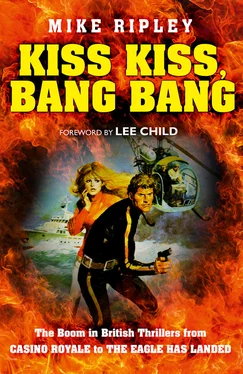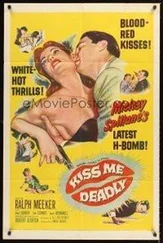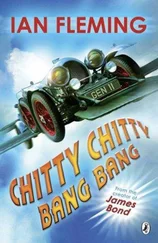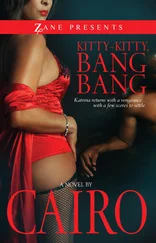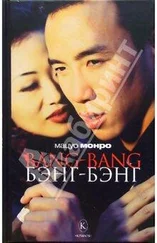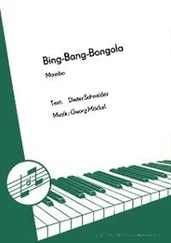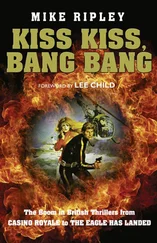When the Golden Age of the English detective story dawned, it suddenly seemed important that the thriller was publicly differentiated from the novel of detection which offered readers ‘fair play’ clues to the solution of the mystery, usually a murder. At least it seemed important to the writers of detective stories, who saw themselves as, if not quite an elite, then certainly a literary step up on the purveyors of potboilers and shockers.
The Golden Age can be dated, very crudely, as the period between the two world wars, beginning with the early novels of Agatha Christie and Dorothy L. Sayers (when it actually ended is still a matter of some debate – an often interminable and sometimes heated debate). Although a boom time for detective stories, it was also a boom time for spy thrillers. Donald McCormick in his Who’s Who in Spy Fiction (1977) claims that the years between 1914 and 1939 were the most prolific period of the spy thriller, the public’s appetite having been whetted by the First World War and real or imagined German spy-scares. ‘The spy story became a habit rather than a cult’ was his polite way of saying that this was definitely not a Golden Age for the thriller except in terms of sales. Names such as Edgar Wallace, E. Phillips Oppenheim, Sydney Horler and Francis Beeding (Beeding’s books were publicised under the banner ‘Breathless Beeding’ or ‘Sit up with …’ after a review in The Times had declared that Beeding was an author whose books made ‘readers sit up [all night] until the book is finished’) are now mostly found in reference books rather than on the spines of books on shelves, whereas certain luminaries of the Golden Age of detective fiction, such as Christie, Sayers, Margery Allingham, Anthony Berkeley and John Dickson Carr are still known and respected and, more importantly, in print somewhere. 3
Back in the day though, the fact of the matter was that the Oppenheims and Breathless Beedings et al were the bigger sellers. Edgar Wallace’s publishers once claimed him to be the author of a quarter of all the books read in Britain (which even by publishing standards of hype is pretty extreme) and they were to inspire in various ways, often unintended, a new generation of thriller writers. In 1936, a debut novel, The Dark Frontier , arrived without much fanfare marking the start of the writing career of Eric Ambler, who was later to admit that he had great fun writing a parody of an E. Phillips Oppenheim hero. 4Two decades later, the eagle-eyed reader of a certain age could spot certain Oppenheim traits in another new arrival, James Bond. In fact, the reader didn’t have to be that eagle-eyed.
The question of what was a thriller, and how seriously it should be taken, seemed to exercise the minds of the writers of detective stories and members of the elite Detection Club, confident in the superiority of their craft, rather than the thriller writers themselves.
One writer closely associated with the Golden Age, though happy to experiment beyond the confines of the detective story, was Margery Allingham. In 1931, Allingham wrote an article for The Bookfinder Illustrated succinctly entitled ‘Thriller!’ trying to explain the different categories then evident in crime fiction. It was a remarkably good and fair analysis of the then current crime scene, identifying five types (and one sub-type) which made up the family tree of the ‘thriller’, which were:
Murder Puzzle Stories – which could be sub-divided into (a) ‘Novels with murder plots’ by writers ‘who take murder in their stride’ (such as Anthony Berkeley), and (b) ‘Pure puzzles’ such as those by Freeman Wills Crofts;
Stout Fellows – the brave British adventurer or secret agent, usually square-jawed and later to be known as the ‘Clubland hero’ type (as written by John Buchan);
Pirates and Gunmen – the adventurers and gangsters as found in the books of American Francis Coe and the prolific Edgar Wallace;
Serious Murder – novels such as Malice Aforethought by Francis Iles (Anthony Berkeley) which Allingham put ‘in the same class as Crime and Punishment ’;
High Adventures in Civilised Settings – crime stories ‘without impossibilities and improbabilities’ for which she cited Dorothy L. Sayers as an example.
Whether Dorothy L. Sayers was pleased with this somewhat lofty and isolated categorisation is not recorded, but it is likely that she bridled at being lumped, even in a specialised category, in the general genre of thrillers. She was crime fiction reviewer for the Sunday Times in the years 1933–5 and was not slow off the mark to say that a novel she did not approve of had ‘been reduced to the thriller class’. Responding to a claim, real or imagined, that she had been ‘harsh and high hat’ about thrillers, she claimed to hail them ‘with cries of joy when they displayed the least touch of originality’, whenever she found one that is, which seemed to be rarely and she clearly felt the detective story the purer form. (This in turn provoked the very successful thriller writer Sydney Horler, creator of ‘stout fellow’ hero Tiger Standish, to remark rather acidly that Miss Sayers ‘spent several hours a day watching the detective story as though expecting something terrific to happen’.) 5
In fairness, during her time as the Sunday Times critic, Sayers did attempt to provide a working definition of what a ‘thriller’ was and how it differed from the (in her opinion) far superior detective story. Indeed, she had three goes at doing so, which suggests the lady might have been protesting a little too much.
In June 1933 she suggested: ‘Some readers prefer to be thrilled by the puzzle and others to be puzzled by the thrills.’ She refined this in January 1934 to: ‘The difference between thriller and detective story is one of emphasis. Agitating events occur in both, but in the thriller our cry is “What comes next?” – in the detective story “What came first?”. The one we cannot guess; the other we can, if the author gives us a chance.’
Now Sayers believed in writing detective stories to a set of rules which gave the reader the chance, if they were clever enough, of guessing the solution to the mystery/problem posed before the author revealed the solution. She did not realise that there were readers out there who did not want the author to give them a chance, they just wanted to be thrilled however outrageous and implausible the story.
Sayers had a third go, in her Sunday Times column in March 1935, where she defined the thriller as something where ‘the elements of horror, suspense, and excitement are more prominent than that of logical deduction’. By that time an intelligent woman such as Sayers must have realised that the fair-play, by-the-rules detective story as an intellectual game was running out of steam and that other types of crime fiction were taking over. She herself effectively retired from crime writing after 1937.
Margery Allingham, who by her own set of definitions wrote most types of thriller, continued writing until her death in 1966 and kept a watchful eye on developments in the genre as a whole. In 1958 she was still wary of the superior status given to the detective story noting that ‘In this century there is a cult of the crime story as distinct from any other adventure story (thriller) – mainly read by people ill in bed.’ 6Allingham’s gentle analysis was that the detective story had been an intellectual exercise, whereas the thriller had included adventure stories, almost modern fairy stories – by which she presumably meant Ian Fleming’s James Bond novels. Now there was the crime story (in which she included the works of Georges Simenon and John Creasey) and the mystery story , a loose term which covered everything from the Gothic to the picaresque. In 1965, shortly before her death, like Sayers she predicted that the mystery story was ‘going out’ and would be replaced by the novel of suspense .
Читать дальше
